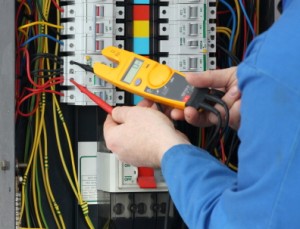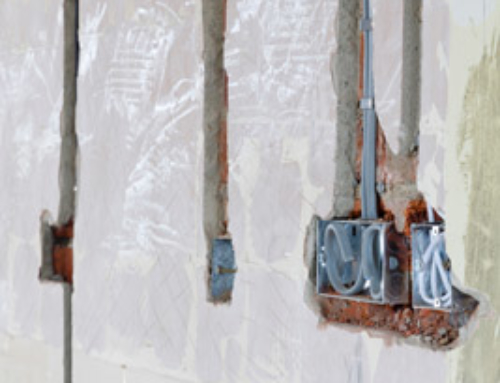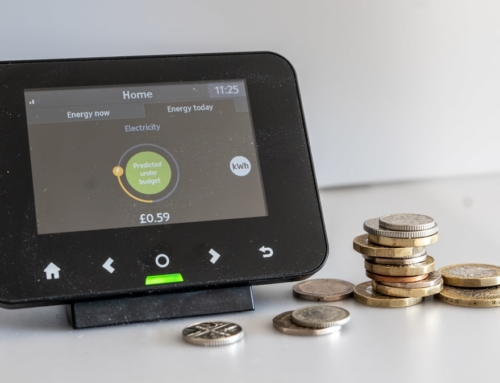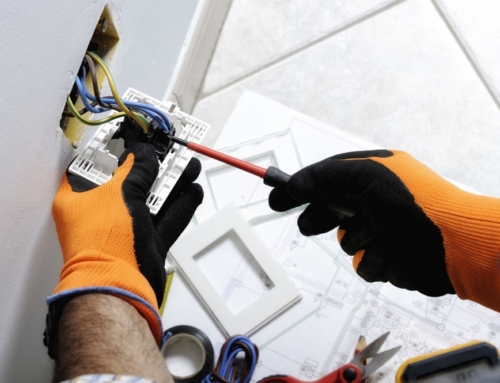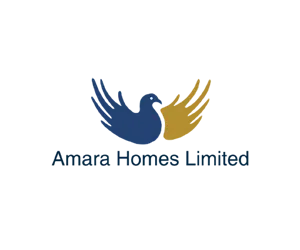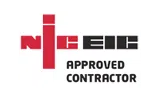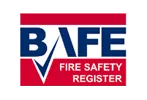The wiring in your property may have been up to scratch when it was built, but can you be sure that it’s still meeting safety standards today? Older properties are clearly more prone to wiring problems, but even new builds are susceptible to faults, wear or incorrect installation techniques.
Electrical safety is critical in any premises, but in the home, it’s clearly one of our highest priorities. To avoid hazards, shocks and even fire, wiring must be checked for safety on a regular basis. In some cases, it’s illegal not to.
Building Regulations
If you make any big changes to the wiring in a property, you must have the entire system professionally checked under the terms of building regulations.
When having major electrical work like wiring carried out, it’s recommended that you select a contractor registered with NICEIC, the National Inspection Council for Electrical Installation Contracting. That’s because any electrician registered with NICEIC is regularly inspected to ensure the work they’re doing is safe and complies with BS 7671 (IEE Wiring Regulations).
If you’re having your home redecorated or you’re making major changes during refurbishment, it’s worth arranging an electrical safety check at this stage, rather than waiting for problems to become apparent after the work has been done. And if your council needs to check the work, ensure you get paperwork to prove that it’s been done: you might need it when you come to sell your home.
How Wiring is Checked For Safety
You can get some indication as to the age of your system by looking at the fuse box and the condition of the fuses inside. However, a qualified electrician is the only person that can carry out a full legal inspection.
Your electrician will look for clear signs of a partial rewiring job, an ageing system or a serious fault. They will also check for:
- Old fashioned sockets or switches
- Fabric coated cables, which indicate very old wiring
- Exposed wires or cracked faceplates
- Proper earthing and intact insulation
- Cabling that runs over a wall’s surface or is not properly shielded
- Wiring in ‘special locations’ (a kitchen or bathroom, for example)
The electrician should test these items rather than simply looking at them.
Once the inspection is complete, you should get a written Electrical Installation Condition Report (EICR). In the report, you’ll see one or more codes if any issues were detected:
- Code C1 indicates the need for immediate action.
- Code C2 indicates a serious fault that needs swift resolution.
- Code C3 is a recommendation for a future improvement.
Taking Action If Your Wiring Is Unsafe
If the wiring in your home is found to be unsafe, the codes mentioned above will indicate the urgency of the problem. Additionally, the tester should have noted recommendations that will guide your next move.
If work is needed, it’s normally best to have this seen to as soon as possible; you can obtain quotes from several firms and are not tied to using the same company that prepared your EICR. Again, make sure the firm is NICEIC registered.
At the end of the EICR, there will be a recommended date for a retest of your electrical system. Stick to this date to avoid future problems and ensure the complete safety of the wiring in your home.


